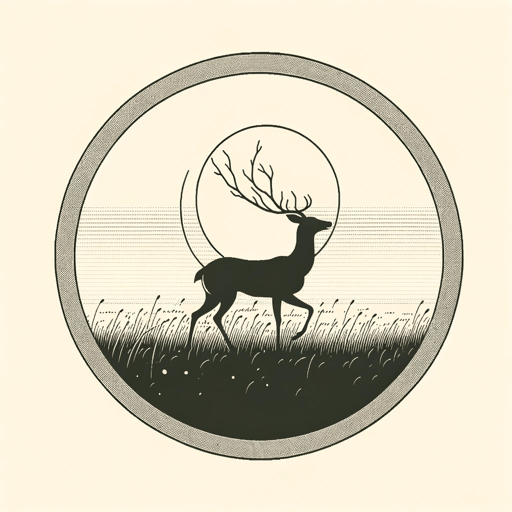21 pages • 42 minutes read
Henry Wadsworth LongfellowPaul Revere's Ride
Fiction | Poem | Adult | Published in 1861A modern alternative to SparkNotes and CliffsNotes, SuperSummary offers high-quality Study Guides with detailed chapter summaries and analysis of major themes, characters, and more.
Symbols & Motifs
The Somerset
If “Paul Revere’s Ride” is a war poem, or at least a right-before-the-war-breaks-out poem, it needs an enemy. No doubt Henry Wadsworth Longfellow intends the courageous figure of the lone rider Paul Revere to embody the plucky American superhero—but the poem still needs an enemy. Technically, the British occupational army, about to swarm Lexington and Concord to arrest prominent colonial insurgents and, along the way, steal the colonists’ gunpowder, is the enemy against which Paul Revere stands; but there is no battlefield showdown, no opportunity to create the dynamic of an enemy presence.
When, in Stanza 2, Paul Revere rows alone under the April moon across the Charles River to his vantage point in Charlestown, he must row past the British warship Somerset already anchored in the harbor. The poem uses the juxtaposition of Paul Revere’s tiny rowboat against the hulking black mass of the warship to symbolize the approaching war for independence that would pit the tiny scratch-army of the nearly united colonies against the most intimidating army the world knew.
Longfellow, however, will not let that disparity create pessimism. As Paul Revere completes his trip across the Charles to await the signal from the belfry tower, the speaker notes that because of the unreliable optics of moonlight, the great hulking man-of-war only appears intimidatingly large.
Related Titles
By Henry Wadsworth Longfellow

A Psalm Of Life
Henry Wadsworth Longfellow

Evangeline: A Tale of Acadie
Henry Wadsworth Longfellow

I Heard the Bells on Christmas Day
Henry Wadsworth Longfellow

Nature
Henry Wadsworth Longfellow

The Jewish Cemetery at Newport
Henry Wadsworth Longfellow

The Song of Hiawatha
Henry Wadsworth Longfellow

